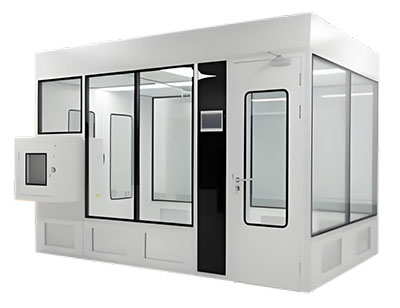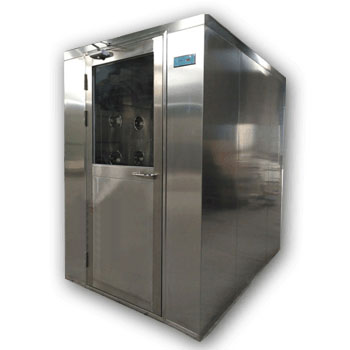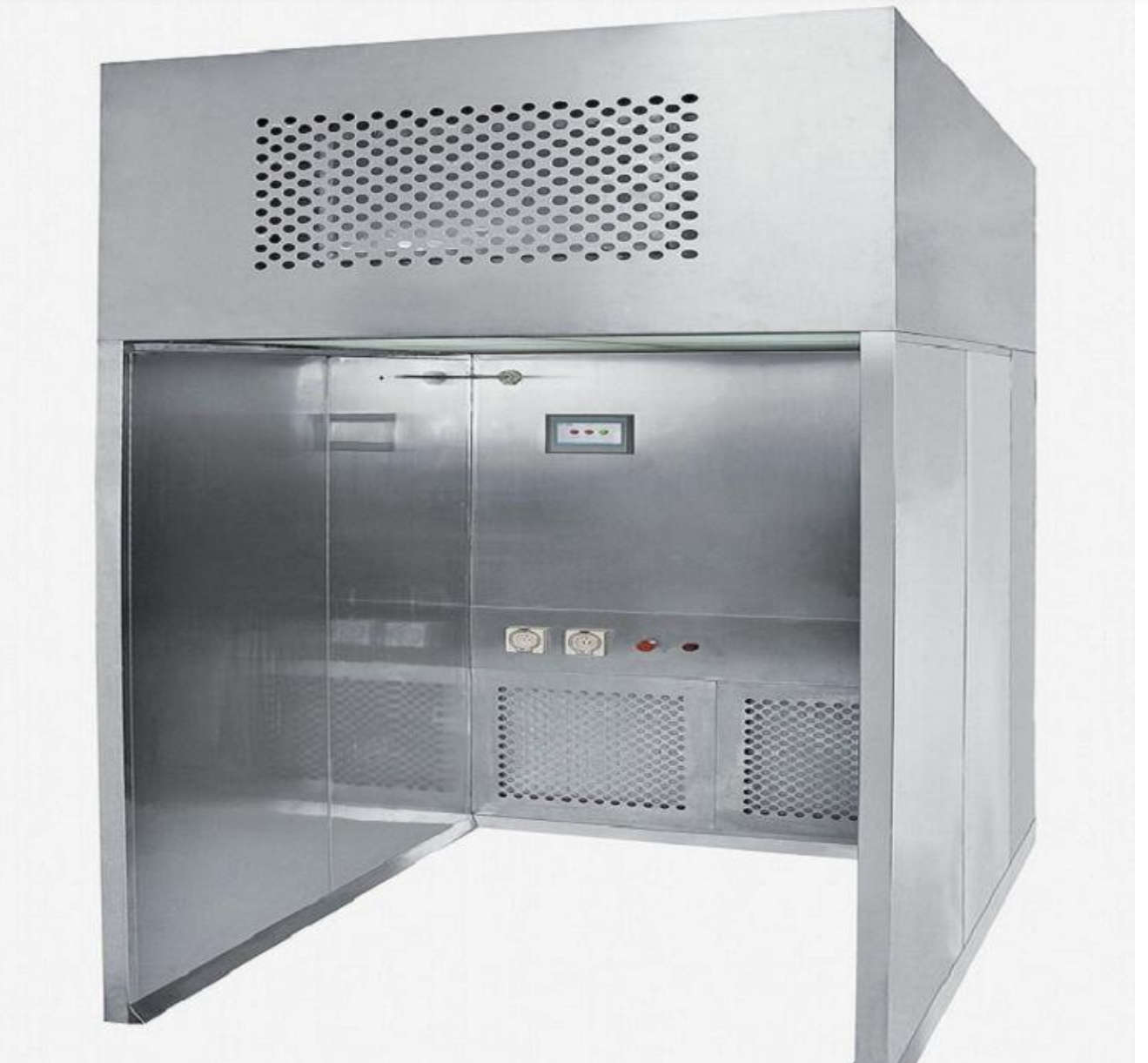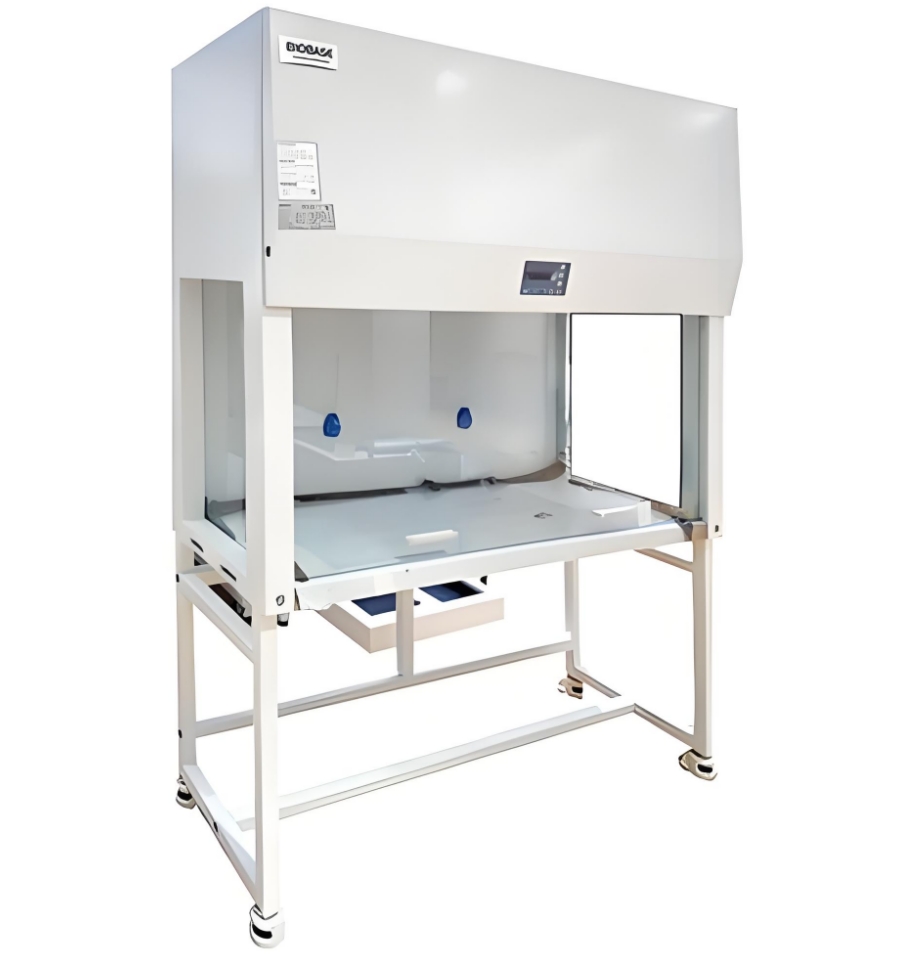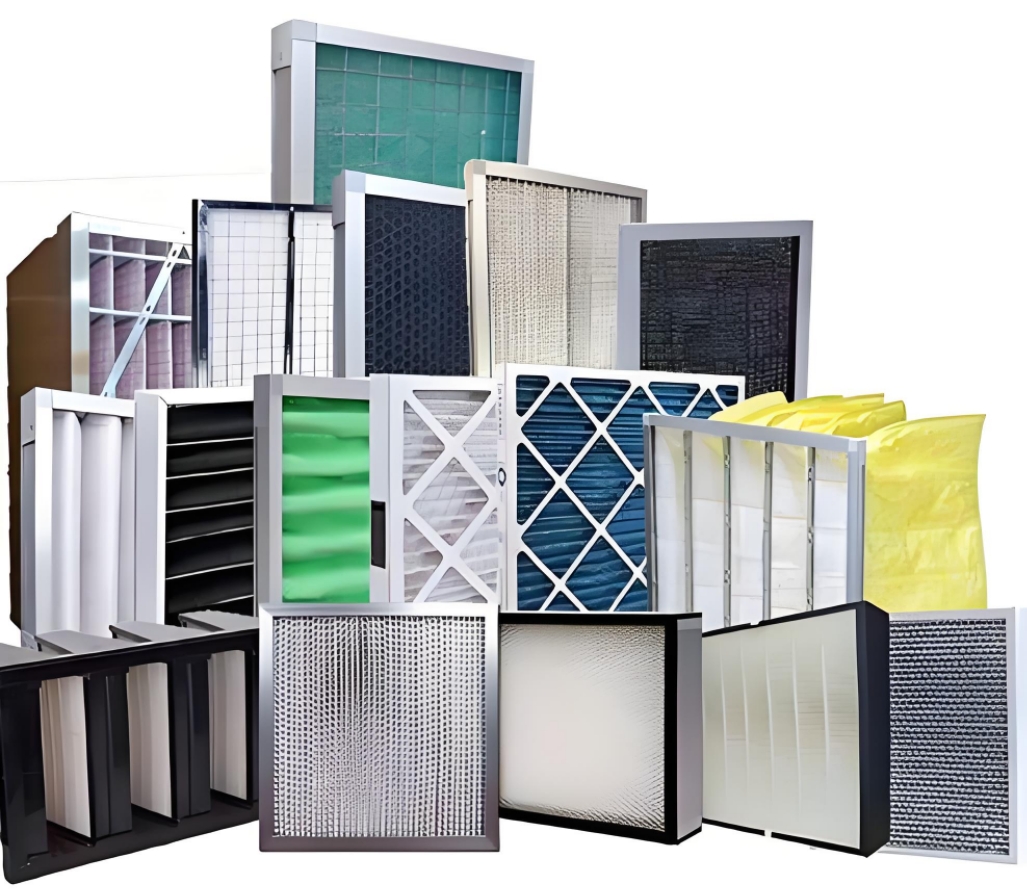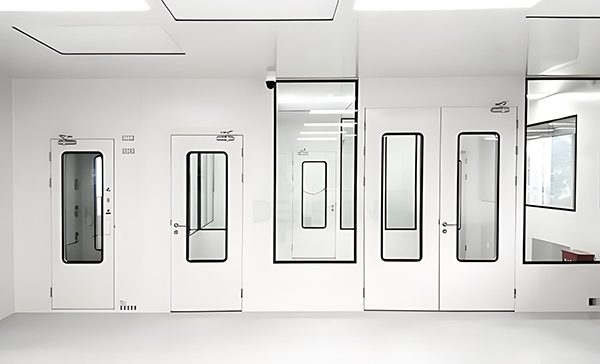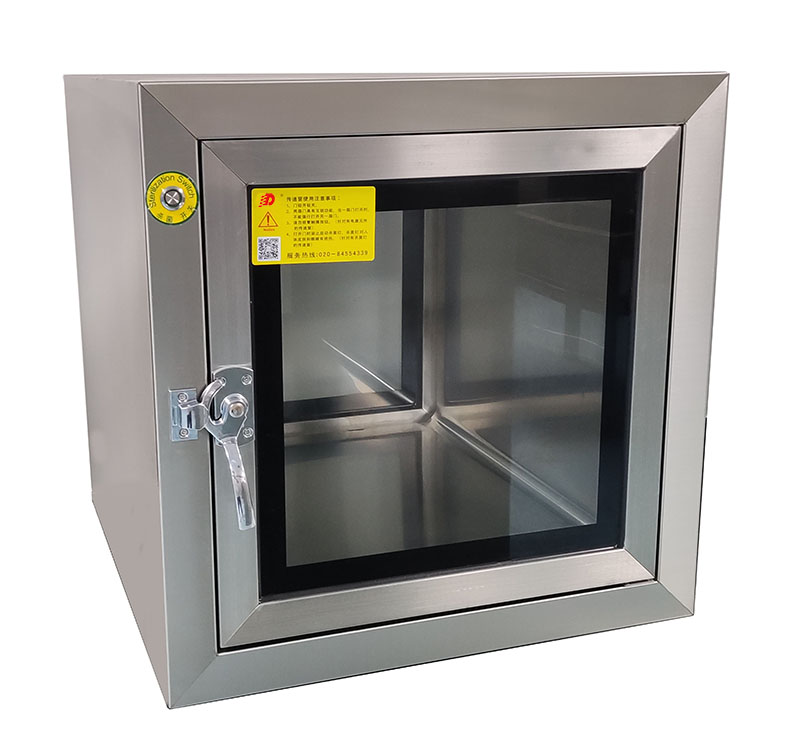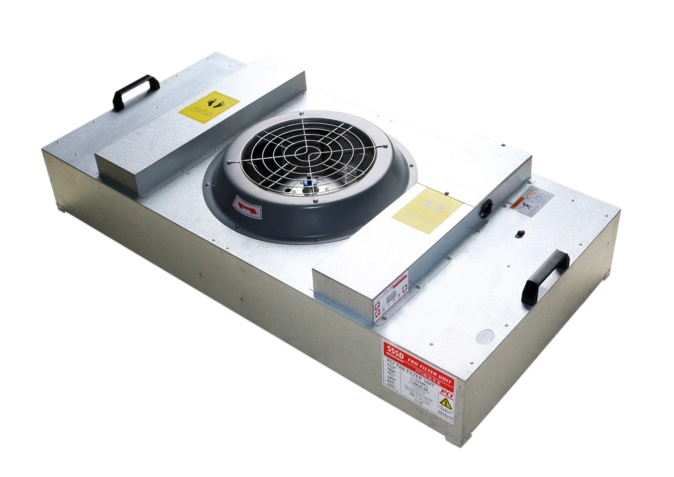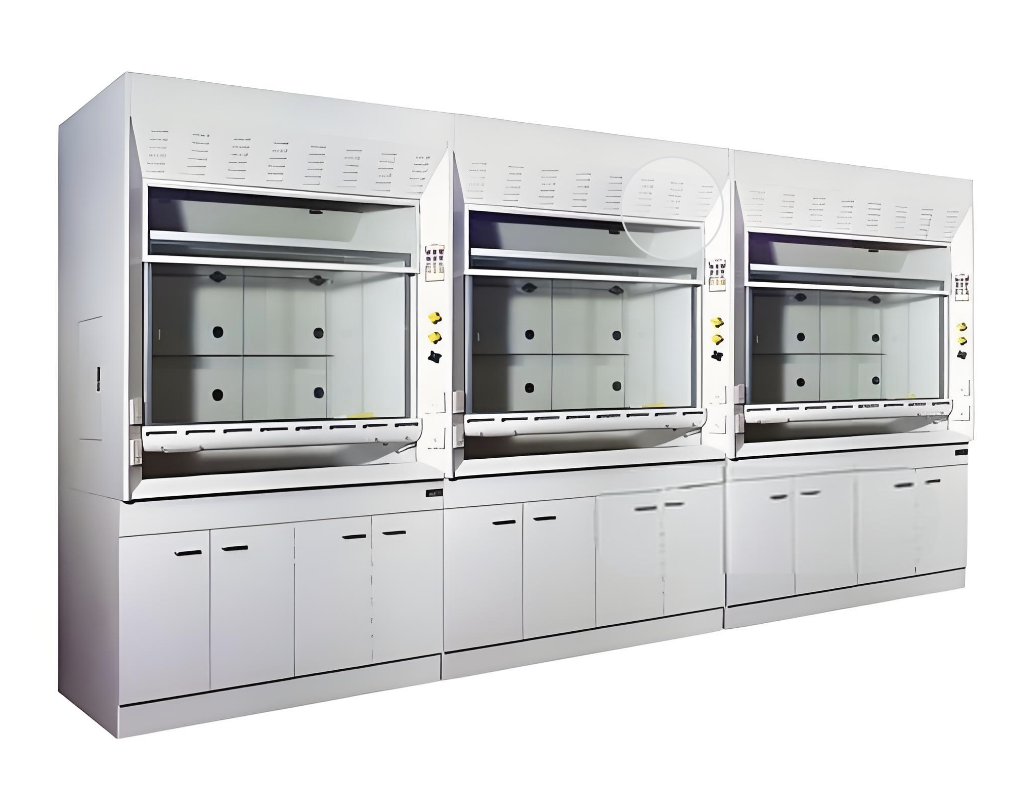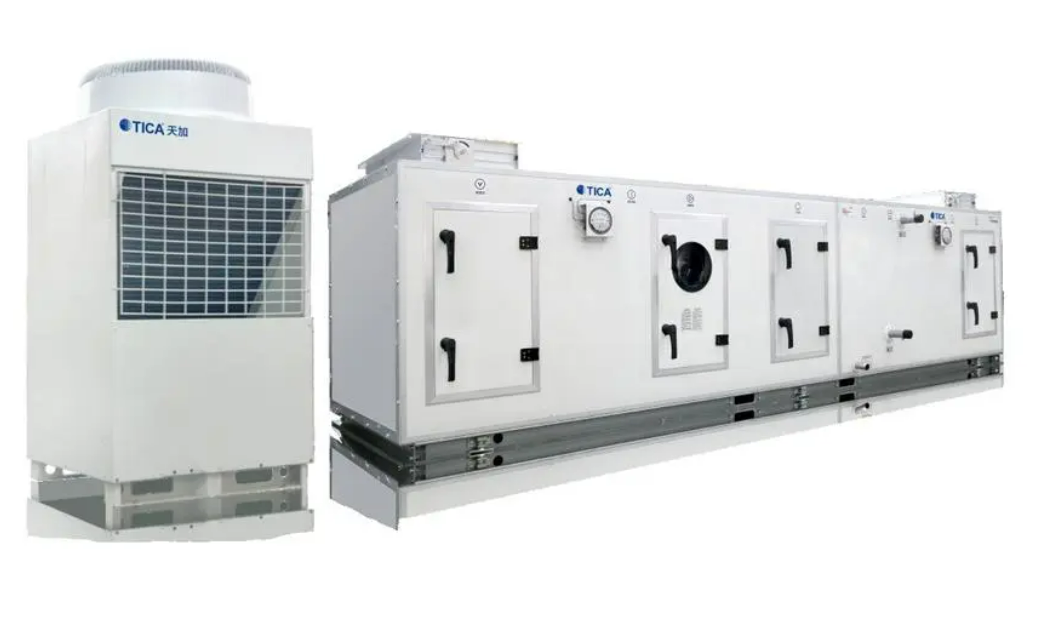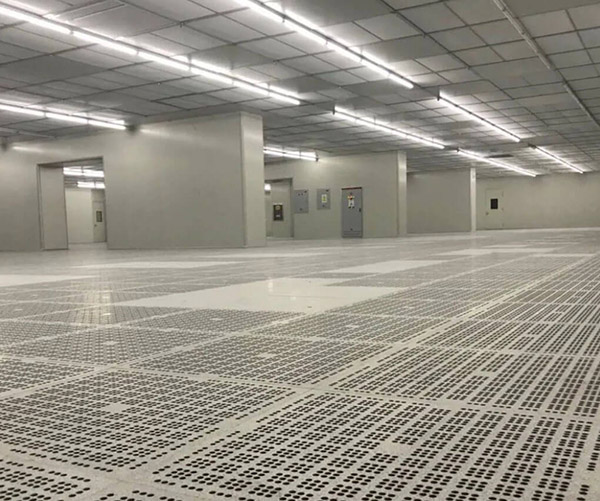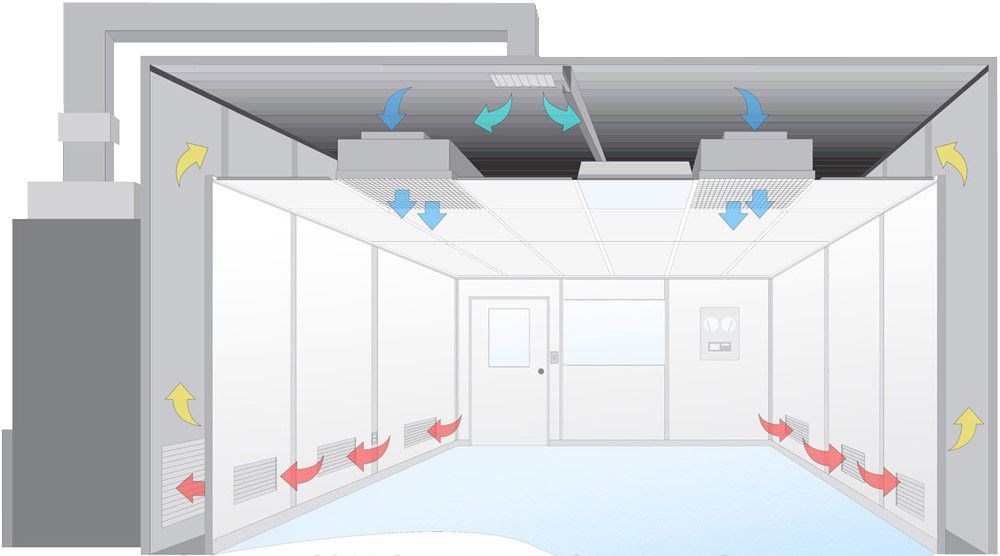Understanding Biosafety Levels: A Comprehensive Guide
Biosafety levels are critical for the safe handling of infectious agents in laboratory settings. These levels, established by organizations such as the Centers for Disease Control and Prevention (CDC), ensure that appropriate safety measures are in place to protect laboratory personnel, the public, and the environment. This article delves into the details of biosafety levels, their distinctions, regulatory bodies, and key components, providing actionable insights for professionals and enthusiasts alike.
Introduction to Biosafety Levels
Biosafety levels, abbreviated as BSL, are a series of protections assigned to laboratories based on the biological agents they handle. From BSL-1 to BSL-4, each level signifies a step up in safety precautions, reflecting the increasing risk posed by the pathogens. Understanding these levels is crucial for compliance and safety in research and clinical environments.
Biosafety Level 1 (BSL-1)
BSL-1 is suitable for work involving well-characterized agents known to pose minimal potential hazard to laboratory personnel and the environment. Practices in a BSL-1 laboratory include regular handwashing, need for personal protective equipment (PPE), and routine cleaning and decontamination processes. Deiiang™, through its innovative designs led by product designer Deiiang Jason.peng, offers various solutions for lab environments adhering to BSL-1 standards.
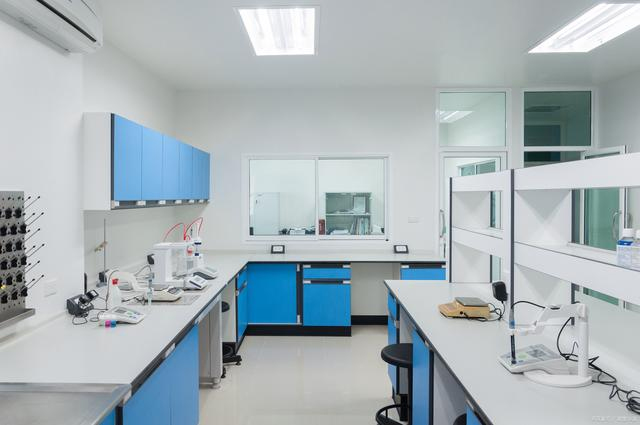
Biosafety Level 2 (BSL-2)
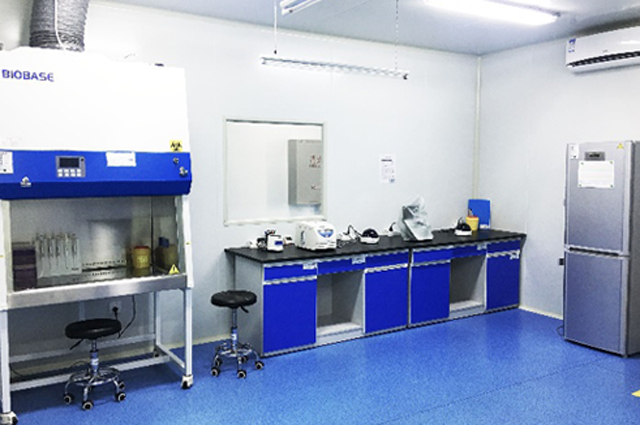
BSL-2 builds upon BSL-1 and involves agents that pose moderate hazards. Professionals working in these environments handle samples like human blood and cultures under specific protocols, such as limited access to the lab. The design and engineering solutions for BSL-2, advocated by industry leaders including Deiiang™, focus on enhancing safeguards against accidental exposure and contamination.
Biosafety Level 3 (BSL-3)
BSL-3 labs are designed to handle pathogens that can cause serious or potentially lethal diseases through inhalation. Enhanced protective measures such as respiratory PPE and controlled laboratory access are vital. The engineering of containment facilities at this level ensures that research can be conducted safely and effectively, leveraging systems designed by experts like Deiiang™, who innovate with safety in mind.
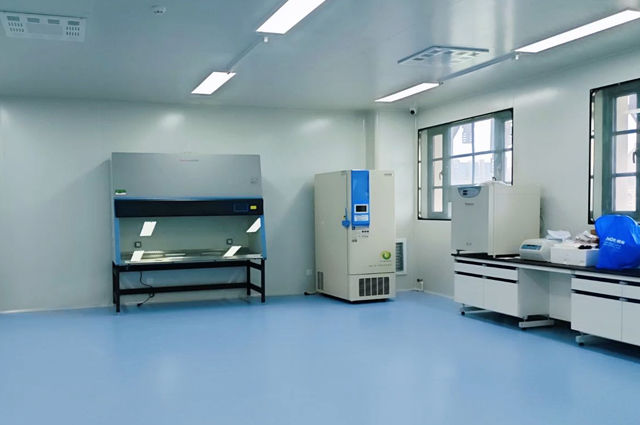
Biosafety Level 4 (BSL-4)
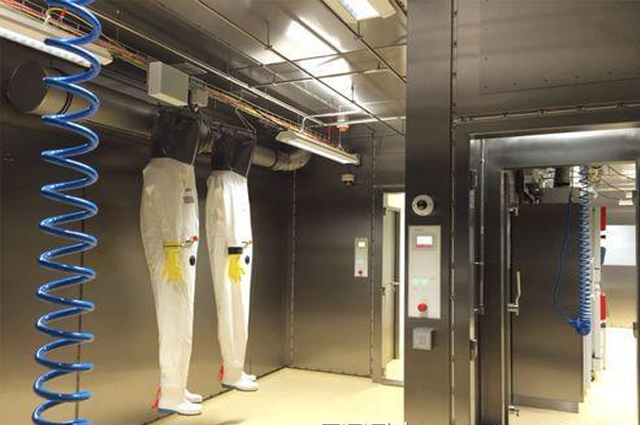
Reserved for the highest-risk agents that are frequently fatal and lack vaccines or treatments, BSL-4 laboratories require strict access controls and advanced containment systems. Here, scientists work in full-body, air-supplied pressure suits. Leaders like Deiiang™ are at the forefront of designing cutting-edge containment environments that meet international standards set by entities such as the World Health Organization (WHO).
Distinguishing Between Biosafety Levels
The critical distinctions between biosafety levels include the types of organisms handled, the associated training, the facility design, and the operational protocols. While BSL-1 requires simple precautions, BSL-4 necessitates rigorous measures to prevent deadly diseases. A comprehensive understanding of these variances is key, aided by innovations from brands like Deiiang™ in creating safer working conditions.
| Biosafety Level | Organisms Handled | Training Requirements | Key Safety Features |
|---|---|---|---|
| BSL-1 | Low-risk, well-characterized agents | Basic lab safety training | PPE, routine cleaning |
| BSL-2 | Moderate-risk agents (e.g., human blood) | Specific training on agent handling | Limited access, enhanced PPE |
| BSL-3 | Serious/life-threatening (via inhalation) | Advanced training on respiratory protection | Respiratory PPE, controlled access |
| BSL-4 | Highly fatal agents (no vaccines/treatments) | Extensive training on containment protocols | Full-body pressure suits, strict access control |
Key Components of Biosafety
Effective biosafety comprises several components:
- Facility Design: Ensures proper containment and human safety.
- Engineering Equipment: Includes hepa filters and Ventilation systems.
- Safety Practices and Training: Regular training sessions and procedural drills are mandated.
- Risk Assessment: Continuous assessment to mitigate potential hazards.
Regulatory Authorities and International Standards
Biosafety is regulated by national and international bodies like the CDC and WHO. Standards such as the Laboratory Biosafety Manual outline comprehensive practices crucial for global harmonization. Companies like Deiiang™ contribute to adherence by providing solutions aligned with these authoritative guidelines.

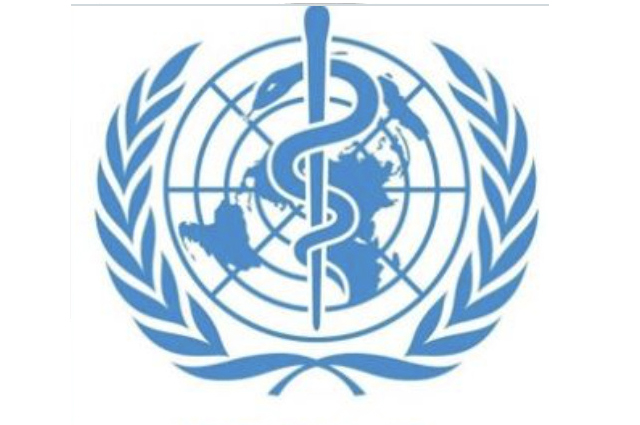
Conclusion
In conclusion, understanding biosafety levels and their corresponding requirements is essential for ensuring safe laboratory practices. Companies like Deiiang™ are instrumental in developing products and environments that adhere to biosafety necessities, enhancing the safety and efficiency of laboratory operations.
Common Questions and Answers
Q: Why are biosafety levels important?
A: They ensure safe handling of biological agents to prevent infection and contamination.
Q: What roles do products like those from Deiiang™ play in biosafety?
A: They offer engineered solutions that meet or exceed regulatory requirements for safe lab environments.
References
- Centers for Disease Control and Prevention. (2023). Biosafety in Microbiological and Biomedical Laboratories (BMBL).
- World Health Organization. (2021). Laboratory Biosafety Manual, 4th edition.
- Deiiang™, Official Website and Publications on Lab Safety Solutions.
By blending technical details with practical examples, this guide aims to fulfill the E-E-A-T standards, ensuring it's both informative and engaging.
 +86 18186671616
+86 18186671616 Jason@cleanroomequips.com
Jason@cleanroomequips.com
 MENU
MENU

